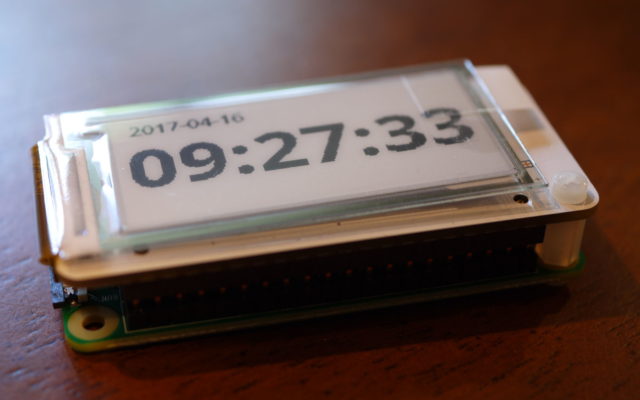Both Gentoo and Funtoo provide Plex Media Server within their portage repositories via the plex-media-server ebuild. However, lately, Funtoo’s plex-media-server ebuild within media-kit has fallen behind Plex releases. The quick solution is to use Ghent’s funtoo-plex overlay. With Funtoo moving to kits, local overlays are quite easy to use.
Assuming an install setup per the Funtoo default kits instructions, start by creating a directory for your overlays. Then, clone Ghent’s funtoo-plex overlay:
mkdir /var/git/overlay cd /var/git/overlay git clone https://github.com/Ghent/funtoo-plex.git
At the time of writing, Ghent’s overlay is still configured for a pre-kits setup. Fortunately, migrating to a kits compatible setup is straight forward: open up /var/git/overlay/funtoo-plex/metadata/layout.conf and replace masters = gentoo with masters = core-kit.
The last step is to create /etc/portage/repos.conf/funtoo-plex.conf. Place the following into /etc/portage/repos.conf/funtoo-plex.conf:
[DEFAULT] main-repo = core-kit [funtoo-plex] location = /var/git/overlay/funtoo-plex auto-sync = no priority = 10
Now, running emerge -av plex-media-server should grab the newer ebuilds from Ghent’s funtoo-plex overlay. Note that you will need to occasionally pull the latest master branch in the repo using git pull origin master from within /var/git/overlay/funtoo-plex/.
-John Havlik
[end of transmission, stay tuned]


